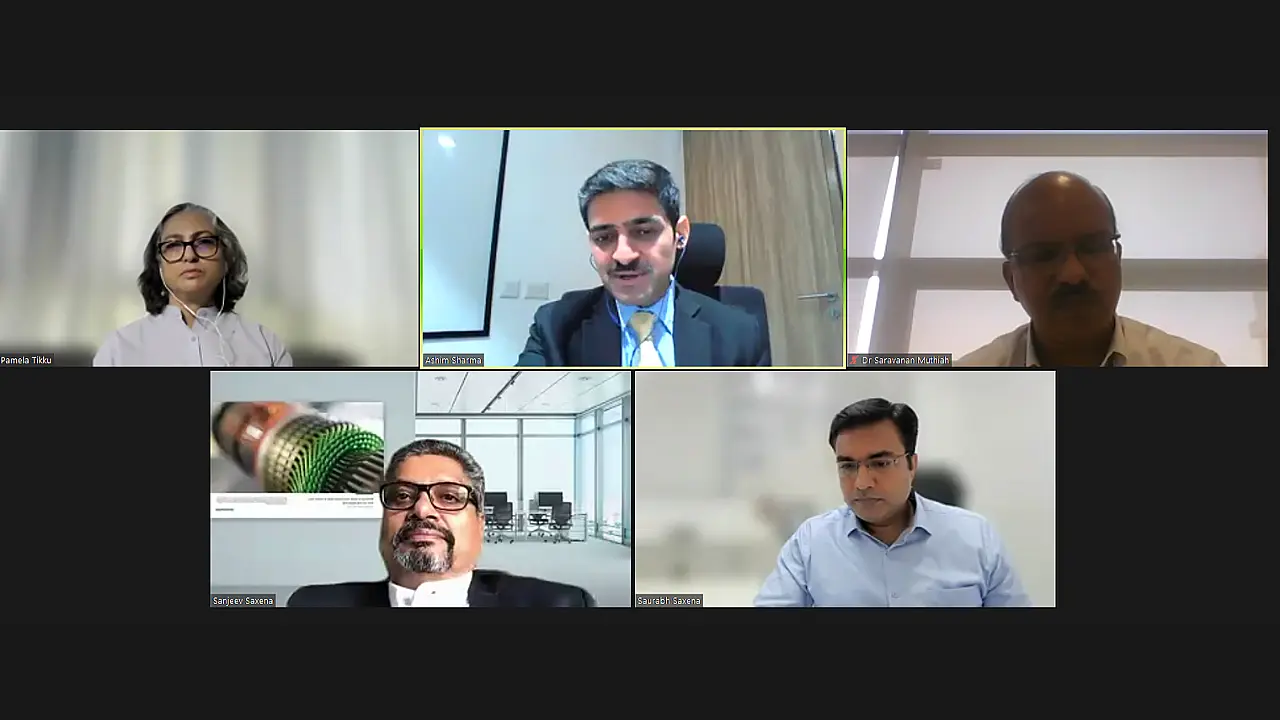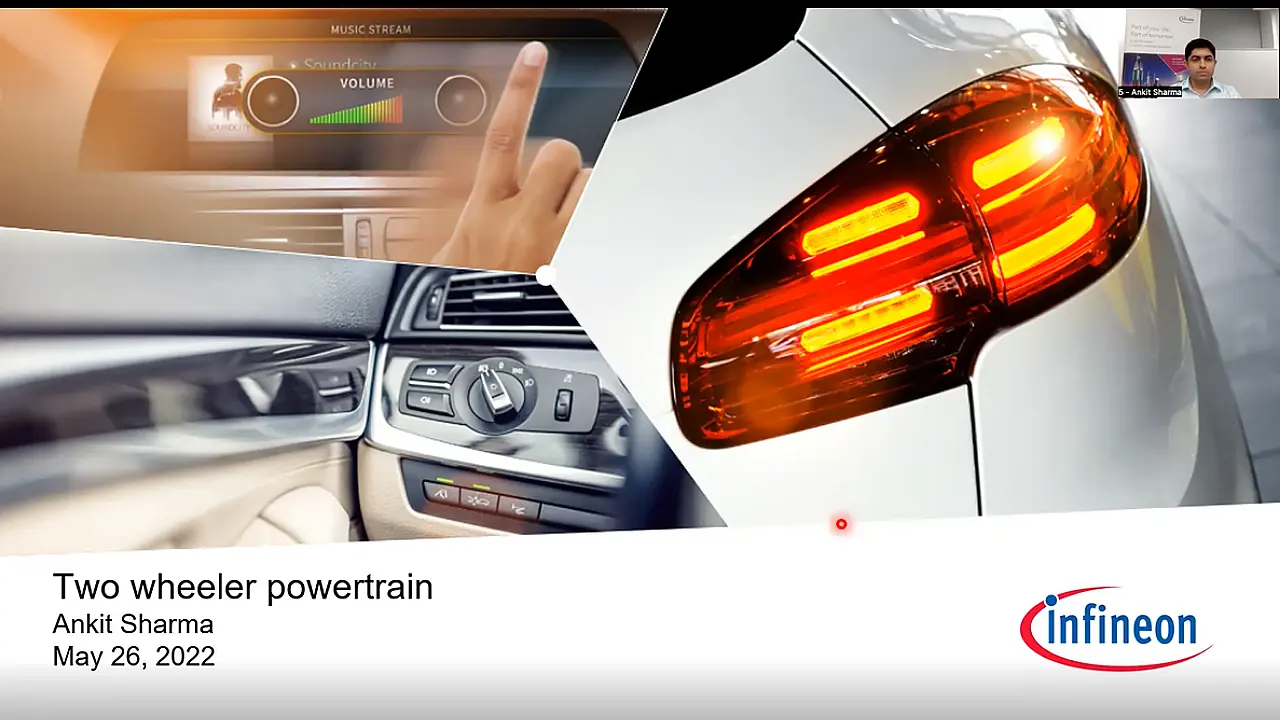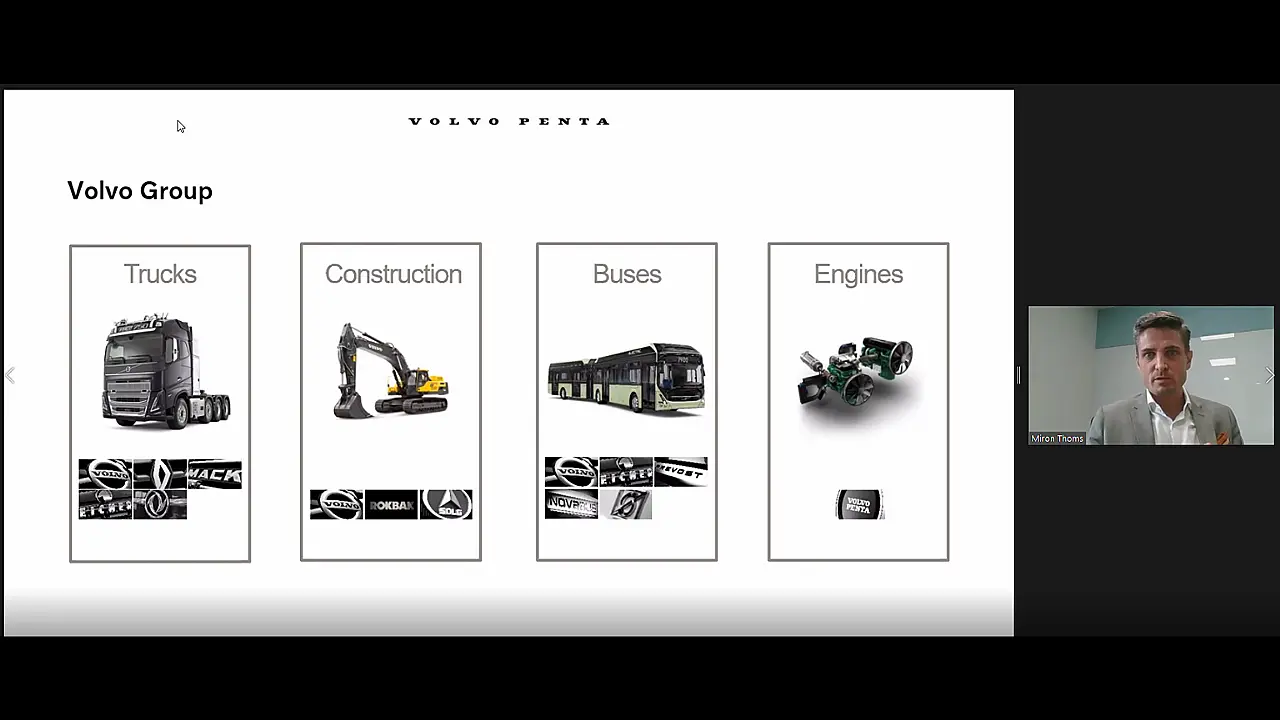
Every fuel type will exist in the future, but the challenge is in figuring out which fuel to use in which segment and when the transition starts,” Dr N Saravanan, President & CTO, Ashok Leyland, has said.
Delivery his keynote address at the webinar on 'Powertrain of the Future,' organised by Mobility Outlook, Dr Saravanan said that the key challenge for the success of new powertrains would depend on the availability of infrastructure.
While speaking from a PV point of view, Kaushik Madhavan, Independent Consultant, Frost & Sullivan, stated that EVs will be mainstream as the range increases. 'By the end of this year, 24,000 to 25,000 units of EVs will be sold in India. However, it must be noted that in any segment, Artificial Intelligence will be an integral part of our life in the future. The idea of achieving zero emissions will drive technology,” Madhavan said.
Delivering his presentation at the first technical session, Ajay Kumar, General Manager - Powertrain Engineering, Maruti Suzuki India, said that carbon neutrality will be the key driver for future government policies for the powertrain. Currently, there is a need to focus on electricity generation from renewable sources to make EVs truly carbon-neutral, he added.
Girish N Ramaswamy, Head of Location, Bengaluru & Head of System Engineering, Electronic Controls Business Unit - India, Vitesco Technologies India, said there are different products in a car; however, these products are needed to be connected to get the desired customer satisfaction. 'We are moving from component ECU to zone controller, then to master controller and finally, in-vehicle server. We need to have this step by step approach to remove the complexity and provide better driving comfort,' he added.
Participating in the panel discussion titled 'Towards a Sustainable Future: Avoiding Short-Term Gains For Long-Term Holistic Energy Provision,' Saurabh Saxena, Head of Powertrain, Daimler India Commercial Vehicles, said that the automotive industry contributes 15% of CO2 emissions in India. ICE vehicles are not sufficient for achieving the objective of reducing emissions; other technologies like EVs and hydrogen are also required. The transition from BS-IV to BS-VI in three years was very challenging for India, but the Indian automotive industry did it, and a similar approach is needed for the transition to hydrogen. “We can use the ICE vehicle to transition to methanol and ethanol,” he added.
The panel was moderated by Ashim Sharma, Senior Partner & Group Head (Automotive, Engg. & Logistics),
Talking in the panel discussion, Sanjeev Saxena, President - Automotive Division, Schaeffler India, said, “According to projections, India is going to see an increase in vehicle production. Hybridisation is definitely going to play a role in India.”
While Pamela Tikku, Chief Business Officer, International Centre of Automotive Technology (ICAT), said, “Future is dynamic, and so is the powertrain.”
From a testing agency point of view, she pointed out that until and unless the testing agencies have the infrastructure to test the new technologies, none of them will see the light of the day. “We plan our investment based on what is happening in the industry and what is about to happen,” she said.
Interestingly, Dr Saravanan Muthiah, Vice President - Engineering/ R&D, NRB Bearings, emphasised that as the investments in powertrains are going up, no OEM is willing to invest in a new powertrain or transmission as there is no clarity for the future. “I don’t see ICE vehicles not sustaining in the next ten years globally. Hydrogen will be the long term fuel,” he opined.

Interestingly, every panellist agreed that there cannot be one solution to achieve carbon neutrality. According to its use case, every segment will require a different sort of alternate fuel.
At the second technical session, KV Narsimham, Co-Founder, Quanteon Powertrain, emphasised that there is a need to design motors that can operate in local conditions. Therefore, defining the exact requirements by the vehicle makers is the key.
Sahil Bangia, Special Project Manager, Vehicle Certification Agency, said, “Over 80% of India's energy needs are met by Coal, oil and solid biomass.” EVs are not entirely pollution-free. But if they are charged using renewable sources in the future, they will become zero emissions. Each segment of transportation might require a different viable option of alternative fuel.
Ankit Sharma, Business Development Manager - Automotive, Infineon Technologies India, said the transition from BS-IV to BS-VI led the technology in 2Ws to evolve from CDI to EFI or e-carburetor. The phase II of BS-VI will require a few modifications to the EFI, including the addition of an O2 sensor after the catalytic convertor.

Delivering his presentation at the third technical presentation, Miron Thoms, Vice President, Volvo Group India & Head of Volvo Penta India, said, “With Automation, Connectivity and Electromobility the focus areas for Volvo are the electric platforms, fuel cells and service and solutions.”
While delivering sustainable solutions, OEMs need to customise solutions for varied applications. He said that not every construction equipment can run on a battery-electric powertrain for various reasons, including battery size and output.
Talking of the present-day situation, Meenakshi Sundaram, CTO, Amalgamations Group, noted that ICE will be gone by 2030, but hybrids will also have ICE as a base. 'So we need to improve them continuously. From a powertrain technology standpoint, we should look at zero-emission and carbon-neutral footprint. EVs are solutions but not for zero-emission, in terms of well to wheel,' he said.
Selvaraji Muthu, General Manager, MAHLE, said, “We see every OEM is working on either BEVs or electric hybrid technology for low load applications while for high load vehicles, it is FCEVs or Hydrogen powered engine.” The potential of hydrogen as a combustion fuel is clearly visible, and by 2030 India will be a leading producer of hydrogen.

At the panel discussion on 'Transitioning to E-Mobility: Meeting the Powertrain Demands of the Future,' Uday Narang, Chairman & Founder, Omega Seiki Mobility, said, “By 2035, about 30-40% four-wheeler market will be electric. The three-wheeler and two-wheeler are the low hanging fruits currently.” He believes that the startups in the EV industry will be the enablers of the technology. However, every player in the industry should produce a vehicle with profitability in mind without Government support, he added.
Shalendra Gupta, Altigreen Propulsion Labs, noted that the EV industry must get up on its feet to manage without subsidy if the Government gradually removes it.
Samir Yajnik, Executive Director, Electra EV, said, 'People have made a business model that is free from subsidies keeping in mind that if tomorrow all the subsidies are gone, they can still survive.
'Other than cells, there is nothing else that India is not manufacturing. We should not depend on China for cells in the next five years. Developing technologies is not a short-term game. We need to invest continuously,' concluded Gupta.